the Nature 2000 Network
The EU proposed the name “Natura 2000 Network” for the interconnection of natural and semi-natural areas located in European territories, on the purpose to preserve the most significant biodiversity elements.
In order to achieve this objective, the European Parliament approved two directives : no. 92/43/CEE called “Habitat” and no. 79/409/CEE called “Birds”.
Through the above directives the EU requested the Member States to identify special protection areas for wild birds, called ZPS (Special Protection Zones), and areas with a large number of habitats and animal / vegetal species, called SIC (Site of Community Interest).
The EU also requested the Member States to take a commitment for managing and monitoring this nature patrimony on the whole national territory.
In Liguria 125 SIC’s have been proposed, and the present situation is reported on the website www.natura2000liguria.it.
In the italian village of Pompeiana there is a Mediterranean region SIC. The coordinates are: 43°52’0”N, 07°53’50”E. The extension of the area is 188 hectares and the elevation is between 203 m. and 603 m. It is characterized by dry fields with some wooded areas laying on a “flysch” of calcareous, marly, argillaceous and sandy materials.
Here it is possible to find very particular habitats, floral species (Mediterranean orchids) and protected animal species. This site is particularly suited for the preservation of the Ocellated lizard (Timon lepidus) and is also known for the presence of Parsley frog (Pelodytes punctatus).
Historically the whole SIC area was used as transhumance zone in wintertime. Presently there are no cultivations except for some olive trees in the southern part.
This SIC is located in the Ligurian Alps, which have been included among the ten biodiversity hot spots of the Mediterranean (Médail and Quézel, 1999).
Recently the University “La Sapienza” in Rome confirmed that Liguria (and in particular Imperia Province) hosts a great richness of biodiversities.
FLORA
Many characteristic vegetal species can be found here :
Pi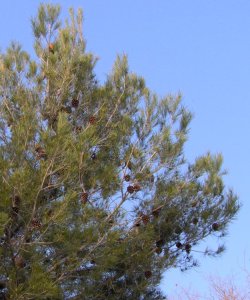 nus Halepensis (10% coverage) Quercus pubescens (28% coverage)
nus Halepensis (10% coverage) Quercus pubescens (28% coverage)
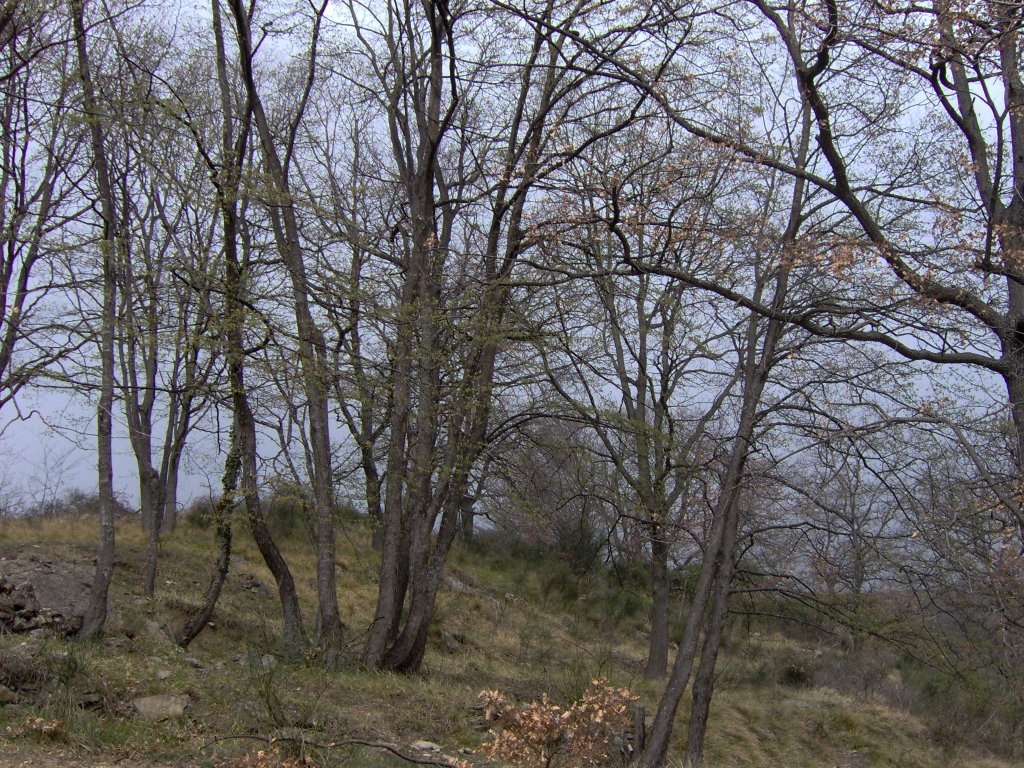
The grassy area (61% coverage) hosts different kind of Mediterranean orchids, rare species that must be protected.
Ophrys fusca Barlia robertiana

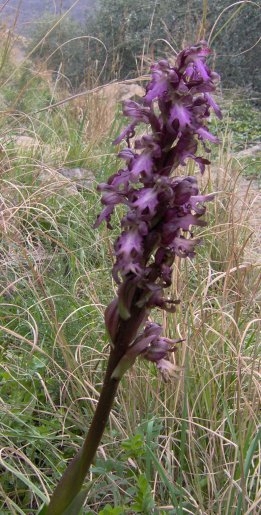
Anacamptis piramidalis Ophrys apifera
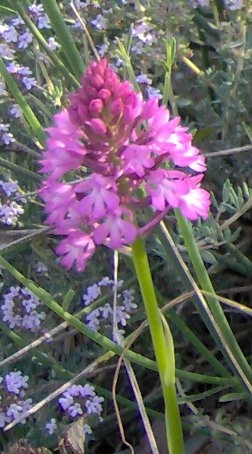
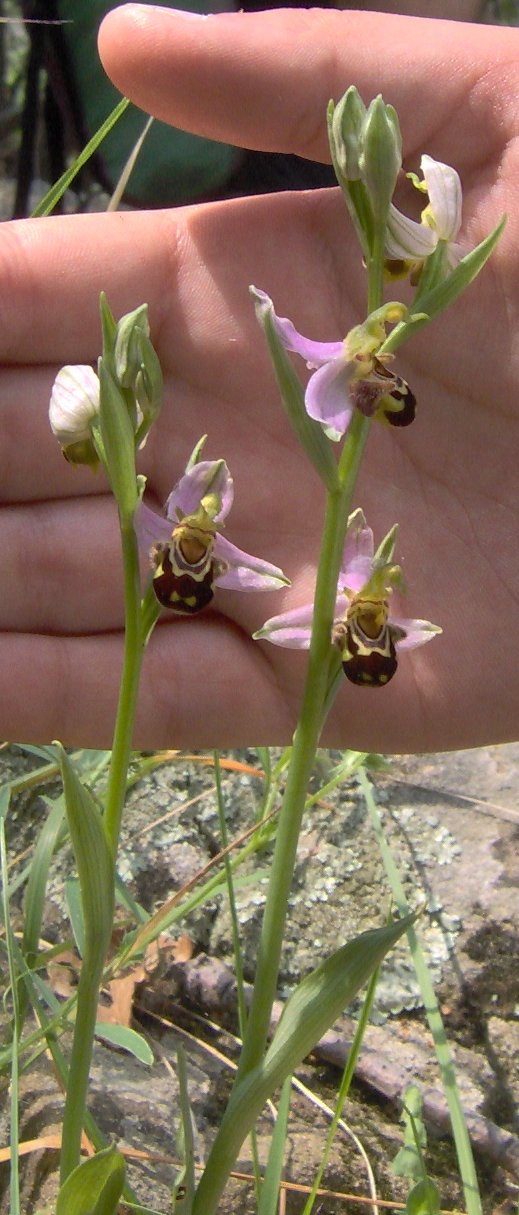
FAUNA
The territory of Imperia Province includes ZPS 79/409/CEE “Birds”, which is one of the nodal points for the bird’s migration to North Europe. Many bird species can be observed in this area.
a small predator flying over the SIC
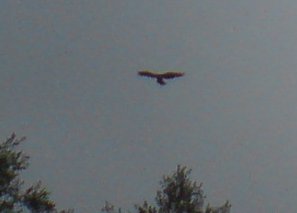
It is also important to mention some species of amphibians :
-
Hyla (Hyla meridionalis)
-
Common Toad (Bufo bufo)
-
Parsley frog (Pelodytes punctatus)
Pelodytes punctatus
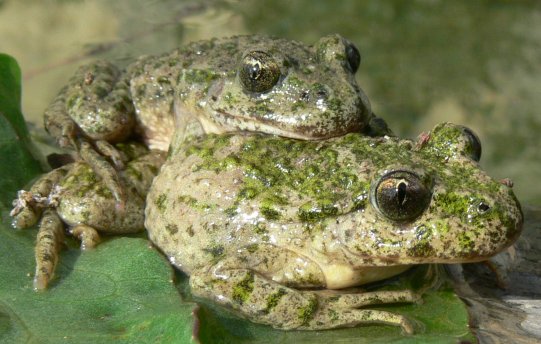
The Parsley Frog (Pelodytes punctatus, Daudin, 1802) is a very small and slender frog with long hindlegs, flat head and vertical pupils. Males reach only 3.5 centimeters, females 4.5 centimetres. The upper side of the body is variable in colour, usually with irregular green patches on a light brown, grey or light olive background. The Parsley Frog's back is dotted with elongated warts, often in undulating longitudinal rows that can be orange along the flanks. The underside is white, and around the pelvis yellowy orange.The breeding season occurs in spring and in autumn. For laying places it prefers weedy ponds. The tadpoles, that need approximately three months until metamorphosis, can be observed in these two seasons. In the mating periods the Parsley Frogs can be observed quite easily, while in the other periods during the day they rest under stones or in burrows that they dig. They hunt insects at night, and are predated by barn owls, among others. Presently the Parsley Frog is protected by the Regional Law no. 4 of 22 January 1992 “Tutela della fauna minore – Preservation of minor fauna”.




